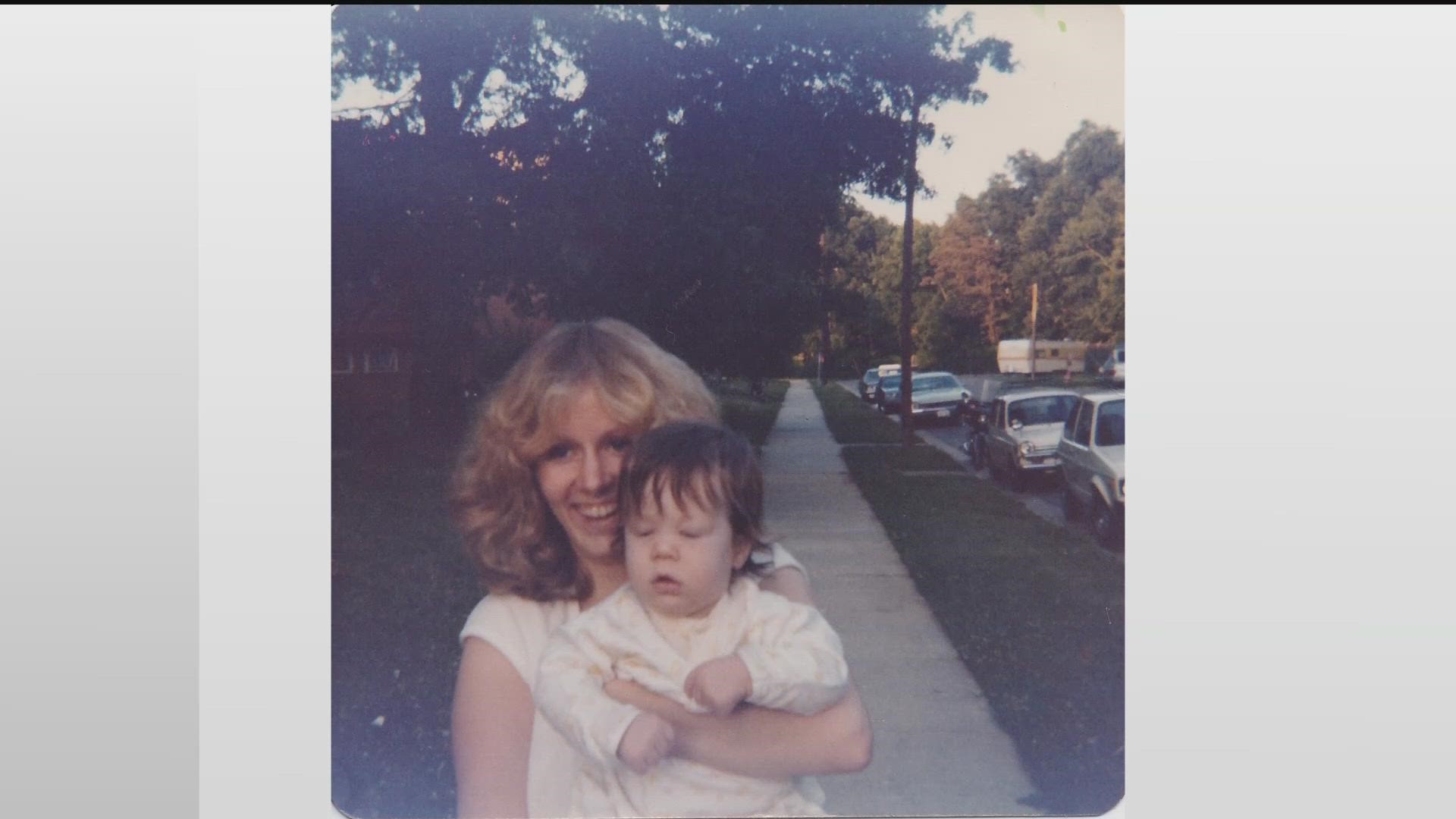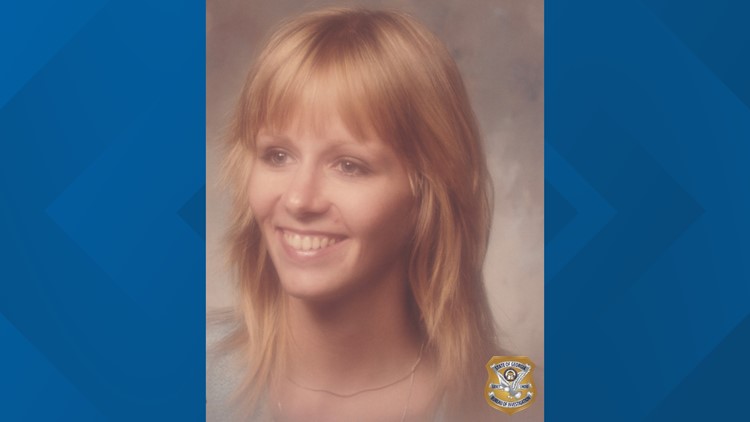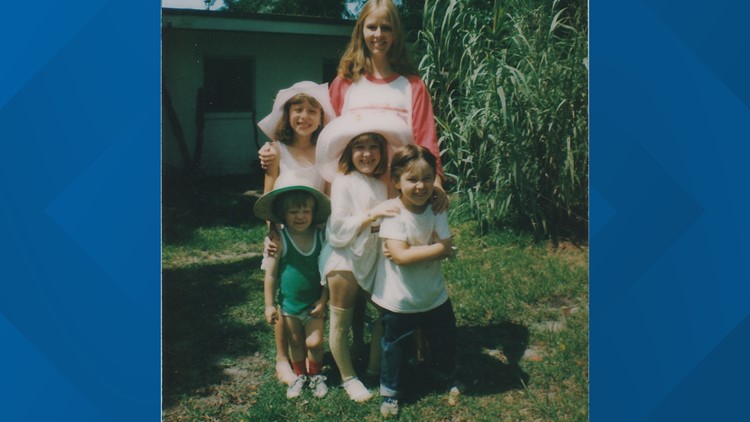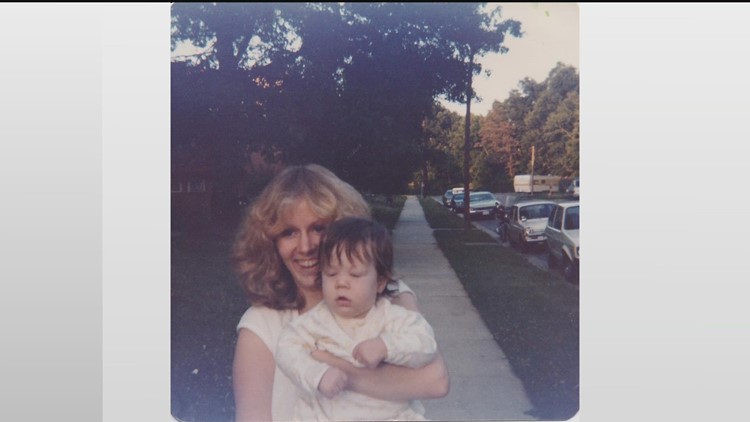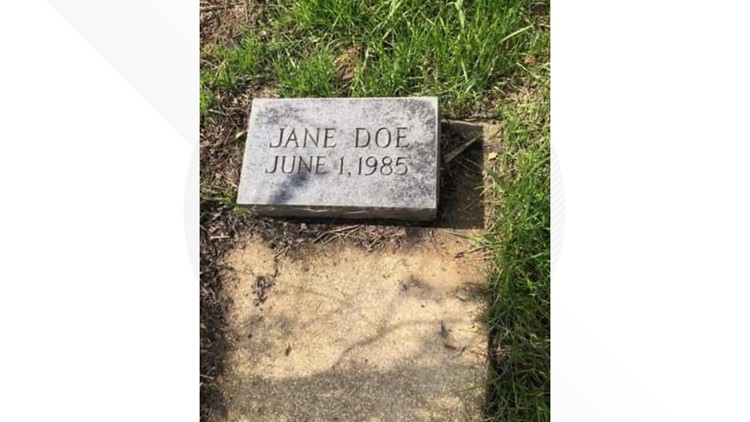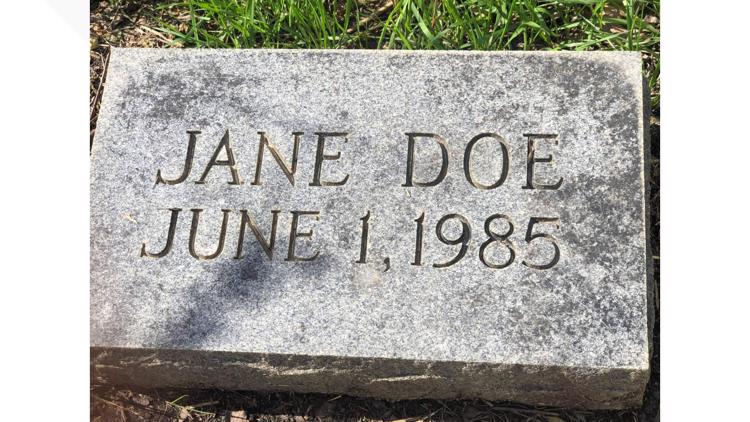Cutting edge DNA testing and multiple law enforcement agencies who were determined to solve a three decades-old mystery got the news they were looking for in October 2022.
A private lab out in Texas, called Othram, was able to create a DNA profile on human remains taken from a "Jane Doe" who died back on June 1, 1985.
To begin, you have to go back to May 1985 in central Florida in Seminole County. Daniel Cowan, his brother and two sisters were living there along with their mom, Mary "Angie" Cowan.
He couldn't remember the date or the name of the road, but Daniel recalled it was a sandy road and his mom's yellow Toyota was stuck in the sand. He said he had called a friend to come over and help her get it out of the sand. He said the friend told his mom they couldn't get over that night, so it wasn't until the next day the family showed up to the house.
Daniel recalled they saw his mom's car outside. However, there was no sign of her inside or outside. He remembers them finding her purse and ID on the counter, there was food on the stove -- things appeared as if she had just ran out for a quick minute and would be returning home soon.
"We never heard from mom again," Daniel said.
While the family searched for Cowan about 500 miles away on May 24, 1985, a passerby found a woman in the ditch along GA Highway 91 north in Newton, Georgia. She has severe trauma to her body. She was rushed to a nearby hospital in Albany.
The woman had no identification on her and was referred to as 'Jane Doe.' Authorities said "Jane Doe" died eight days later on June 1, 1985. She was laid to rest a nearby cemetery and a headstone was placed on her grave reading simply, "Jane Doe, June 1, 1985."
As the family of Mary Cowan continue to search for their mom, authorities in Baker County, Georgia -- where the "Jane Doe" was found in the ditch -- and the Georgia Bureau of Investigation continued to try and identify the woman so they could track down her next-of-kin.
On Sept. 21, 2012, the GBI said the decision was made to exhume the body of "Jane Doe" so they could collect a sample of bone fragment for testing. The GBI said the bone fragment was sent to a private company for isotope analysis, but no leads were developed.
Baker County Sheriff Dana Meade said after he was appointed sheriff in 2008, he made it a point to find out what happened to "Jane Doe" and find her family. He told 11Alive's Cody Alcorn he reached out to the GBI to see if they could take another look at the case and see if there wasn't something out there they could do to try and identify the woman.
In March 2022, the GBI said their Sylvester Regional Investigative Office partnered with the Federal Bureau of Investigation to have genealogical DNA analysis completed on the woman. They used remains from 2012 when her body was exhumed. The GBI said a portion of her remains were submitted to Othram, a private DNA lab out in Texas, who completed a DNA extraction.
11Alive spoke to the founder and CEO of Othram, David Mittelman. He said all their company does right now is identify victims and suspects from crime scenes and do it fully in-house.
"We took this material, developed the DNA extract. We were able to build this very comprehensive profile, the profiles that the traditional forensic labs use, they'll take 20 markers and you can submit them to this FBI system called CODIS," Mittelman explained. "And if you're in CODIS, it can match you. We built profiles that are designed to find folks when they're not in CODIS. For example, most victims, like this woman (Jane Doe) is not in CODIS. And then we generate profiles that comprise of you know, hundreds of thousands of markers. So we built this profile. And then in this particular case, we worked with the bureau to do the genealogical search and find the relatives that were later able to confirm her identity."
11Alive asked Mittelman to explain in fairly simple terms how their lab is so different than others in the country.
"There's two big things that separate Othram. So the first one is we're able to work with forensic evidence that has largely been inaccessible to other methods or other labs. So you've got a lot of the times the evidence is either very low quantity DNA or maybe it's just a really old case," Mittlelman said. "You have skeletal remains or human remains from decades ago. This material is hard to work with. The DNA is degraded. There's not a lot of it. You know, some of it may be overrun by, you know, bacteria and other non-human things. And so it's just generally hard to work with this evidence."
Mittelman also explained the step-by-step process in being able to identify the person from the DNA samples they are looking at.
"So the first thing we can do is we can work with evidence that others have considered unusable or deemed unproductive. The second part is when we work with that evidence, instead of pulling the traditional 20 markers, as you would for like an STR or CODIS test, this is a standard DNA test use of forensics," he said. "We pull hundreds of thousands of markers. So we're getting information from previously inaccessible evidence. And we're getting a whole lot more information. And those two things together allow us then to do lots of great stuff, like, for example, build out family trees, find relatives and so on."
It took Othram just 10 months to build a DNA profile for the "Jane Doe" out of Baker County. In October 2022, the GBI said the DNA profile was generated for comparison and as Mittelman mentioned, it was turned over to the FBI for genealogical research. The GBI said research found a high probability that the unidentified woman was Mary Anga Cowan, aka “Angie.” GBI said agents obtained DNA from one of Cowan’s children and the comparison indicated a parent/child relationship.
Daniel said he got a call the end of January from his sister in Florida.
"She said, 'Dan, we think we found mom.' She said 'the GBI, the Georgia Bureau of Investigation called me and did some.' He said, 'I did a DNA swab today,' and I said, 'That's great.' I said, 'But you know, what he find?' He said, 'well, there was a Jane Doe in in Georgia in 1985 that turned up in May.' And. I'm pretty sure it's mom," Daniel explained.
Mary "Angie" Cowan identified 37 years after her disappearance
Daniel asked if there was a picture. The GBI shared a picture with them of their mom in her hospital bed.
"When I got to see the picture of my mother as Jane Doe, she was in a coma and she's got this breathing tube in her mouth. Immediately when I saw the picture, I mean, I knew it was her," he emotionally recalled. "I mean, you know, I mean, I'd stared at enough pictures to know it as my mother to know what she looked like. But when I when I saw this picture, I mean, I could see every bit of my family in her, you know, I could see my sisters, I could see my brother, I could see my ears, I could see the bridge of my nose. I could see my brother's eyebrows. I mean, there there was my mother, you know, in the picture that I'd never seen before."
"I had always hoped that she would, you know, come waltzing back into my life," he added.
As for what happened to his mom, her manner of death was ruled undetermined. Daniel said he believes his mom fell off a tractor trailer she was hitching a ride on back in 1985. He said he has no idea where she was heading, but he'd like to think she was heading back home to them.
The GBI medical examiner’s office concluded that Cowan died from a subdural hematoma, which is a type of bleeding that happens between the skull and brain.
GBI investigators believe the bleeding was caused by blunt force trauma to the head, but could not determine what caused her injury. Cowan, who was unknown to anyone in the area, went unidentified for 37 years.
"There's 37 years of hope that just met, you know, three weeks of reality," he explained.
Daniel wanted to make sure that everyone who worked on his mom's case and those who took care of his mom back in 1985 know how thankful he and his family are for never giving up on her.
"I'm really grateful for the people of Newton and Albany," he said. "They took care of her. I don't have to worry that she was alone. She had people that cared for her. They cared enough that 37 years later, they were still looking."
As for the testing that helped get the Cowan family closure, it is one of the first cases in the country funded by the federal government. NAMUS, which is part of the National Institute for Justice housed within the Department of Justice, funded the research done by Othram. Mittelman said the cost is below $10,000. He hopes this funding continues so they can continue to solve cold cases whether they are just days-old, or decades-old cases.
"I think it's like 15 months away. Again, we've been doing this since 2018. We have a very public and easily verifiable track record in this kind of work. And I think that our velocity is only throttled by funding," Mittelman said.
You can learn more about past cases the laboratory has helped solve on their database page.

